SUMMARY
This is AI generated summarization, which may have errors. For context, always refer to the full article.

ILOILO, Philippines – Farmers in Iloilo province are grappling with two major challenges – an infestation of rice black bugs and an extended dry spell attributed to the looming El Niño phenomenon.
Ildefonso Toledo, the provincial agriculturist, confirmed reports of rice black bug (RBB) infestations in Concepcion, Cabatuan, and Pototan.
“In one barangay in Concepcion, the residents spotted the bugs swarming their basketball court lights. It was later confirmed that these were rice black bugs which are attracted to bright lights,” he said.
Toledo advised addressing the infestation early to prevent an increase in bug numbers.
“The bugs will swarm and literally suck dry our rice crops. The most visible manifestation of the infestation are the withered appearance of crops,” he said.
Toledo cautioned against the use of pesticides to avoid eliminating “friendly insects.”
Instead, he recommended traps for the bugs and irrigating the fields to drown them, particularly in irrigated areas where the bugs tend to swarm on the lower part of the crops.
Officials said farmers can also construct light traps using 2,000- to 3,000-watt bulbs to attract and manually collect the bugs for disposal.
To combat the infestation, Toledo suggested synchronous planting, which involves cultivating rice simultaneously in one area.
This method allows for simultaneous harvesting, depriving the bugs of a continuous food source. However, the success of synchronous planting depends on irrigation schedules in the province.
Toledo said farmers need to remain vigilant, adhere to rice farming protocols, and employ early pest detection methods while avoiding the use of chemical sprays that harm beneficial insects.
Preparations
Iloilo Governor Arthur Defensor Jr., meanwhile, announced their reliance on barangay-level and small-scale irrigation projects to mitigate the impact of El Niño.
The Philippine Atmospheric, Geophysical and Astronomical Services Administration (PAGASA) previously forecast an 80% probability of El Niño emerging between June and July and persisting until the first quarter of 2024.
To address the anticipated prolonged dry spell, Defensor said they would prioritize irrigation systems, particularly to support small-scale farmers.
The provincial government has put in place small water impounding and small farm reservoirs as part of their small-scale irrigation program, enabling farmers to store rain and run-off water for immediate or future use.
The Climate Field School, conducted by the Provincial Agriculture Office (PAO) in 2022, equipped farmers with knowledge on utilizing PAGASA’s weather forecast in their farming schedules.
In terms of domestic water supply, Defensor outlined plans for aggressive implementation of water system programs in barangays without access to the Metro Iloilo Water District.
Through the Rural Water Supply and Sanitation Program (RWSSP), the construction of water impoundment facilities will be funded in areas lacking piped water access.
Defensor said the capitol would likely create a task force for this, but added that he would focus first on maximizing the existing Provincial Disaster Civil Defense Cluster to address the challenges posed by El Niño. – Rappler.com
Francis Allan Angelo is an Aries Rufo Journalism fellow.
Add a comment
How does this make you feel?
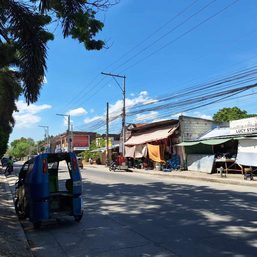
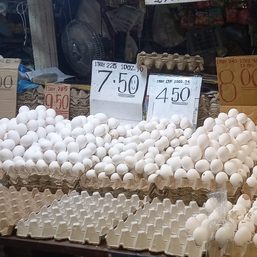


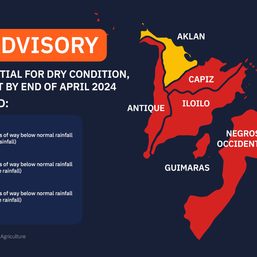
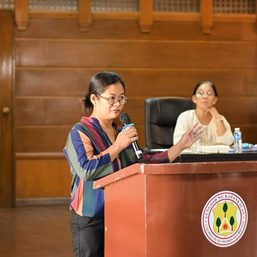
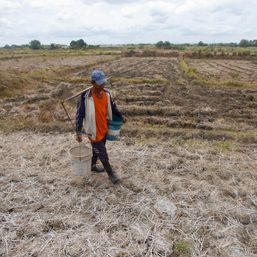



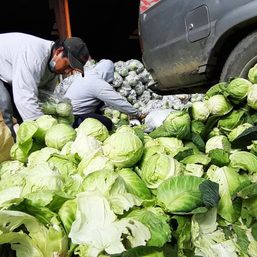
![[ANALYSIS] Investigating government’s engagement with the private sector in infrastructure](https://www.rappler.com/tachyon/2024/04/tl-gov-private-sectors-infra-04112024-1.jpg?resize=257%2C257&crop=435px%2C0px%2C1080px%2C1080px)
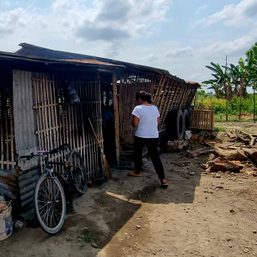
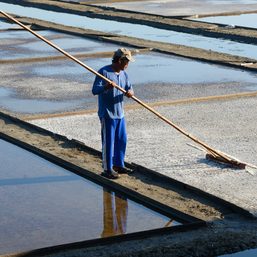
![[Rappler’s Best] The elusive big fish – and big fishers](https://www.rappler.com/tachyon/2024/04/The-elusive-big-fish-%E2%80%93-and-big-fishers.jpg?resize=257%2C257&crop=220px%2C0px%2C720px%2C720px)

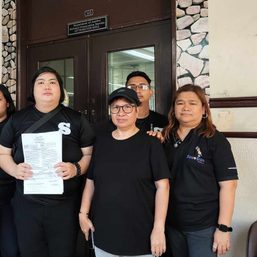
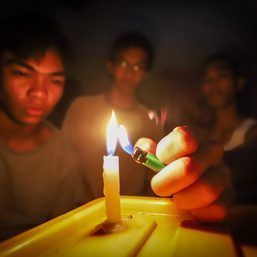

There are no comments yet. Add your comment to start the conversation.